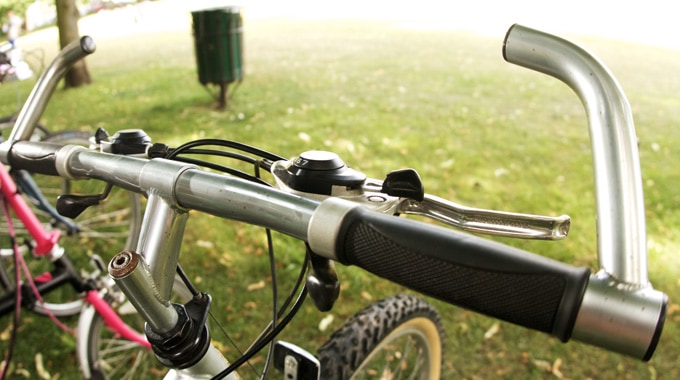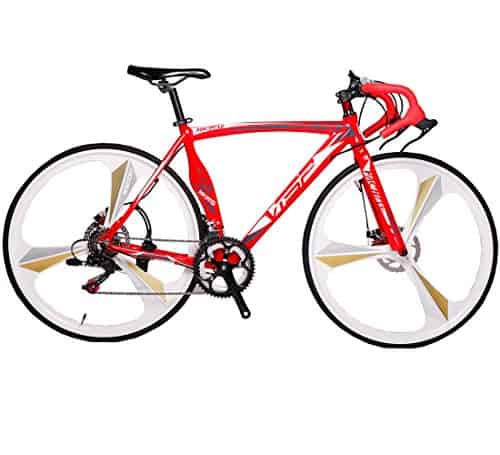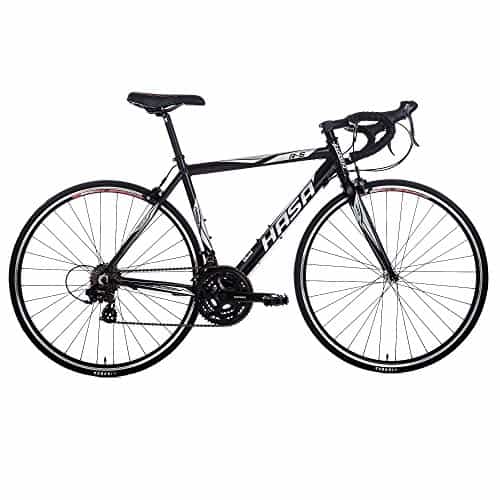If you are new to cycling you will be having a lot of questions. How to adjust your bike? How to clean and properly maintain it? How to put it to maximum use? Not to worry. We all had those questions starting out. Believe it or not, properly riding a bike requires experience. One of the essential skills for you to master is how and when to change your gears.

Let us examine the basics. First, you need to know what gears are and what parts of the bike are involved in gear changing.
When we say gears we refer to gear ratios. This depends on your rear wheel and the front wheel. On your back wheel you can have 3 to 11 different size sprockets that are controlled by the rear derailleur and on your front wheel, you can have 2 to 3 chainrings controlled by the front derailleur. So if your bike has 7 different size sprockets and 3 chainrings you will have 21 different gear ratios (3×7).
You control your gears with the shifters that are conveniently placed on the handlebar. Left-hand shifter controls your chainrings. Chainrings give you a large shift in gear. Back wheel cogs are controlled by the right-hand shifter. Use your right-hand shifter to fine tune your gears as the changes between rear cogs offer smaller increment gear shifts.
Sometimes cyclers ignore the basic rules of gear shifting at the expense of their road bike. It is much simpler to leave your chainrings alone, settle in one chainring gear, and adjust the gears in the back when needed. This does not give you the diversity you need when tackling hills and high slopes and can damage your chain.
Also, try to avoid extremes such as using smallest and the largest cogs on both back and front wheels. This will distort the angle of the chain. While it seems that this can’t cause too many problems it is actually damaging to the chain. It pulls it at an angle and loosens it. It will lose integrity faster and you will have to replace it.
Shift your gears when needed. They are there for a reason. If you are on a climb always shift to an easier gear. This will make your ride manageable and more enjoyable. Do the same if you are battling the wind. Use a higher gear when you want to gain more speed or if you are on a flat surface. When shifting gears you will want to ease down on the pedaling. Pedaling might cause the chain to skip a cog or fall off completely. When that happens it means you are getting your hand greasy putting it back in place.
Know your cycling route and anticipate the gear changes. It is very difficult to change gears while you are in mid-climb. This is partly because you are pedaling (and running the risk of your chain falling off) and because the pressure on the chain is already too great. However, if you get caught on a steep climb in an improper gear try driving sideways. This will reduce the pressure and allow you to change gears.
Shifting gears too quickly can also get you into trouble. Your chain might get caught in the cogs or fall off. Let the chain settle into one gear before moving on to the next one.
If you are breaking in an new road bike or if you are new to cycling it is important that you practice changing gears. Get the feel for gears before going out on a longer ride. The sooner you figure out how gears can work to your advantage the sooner you will start having more fun on your rides.




